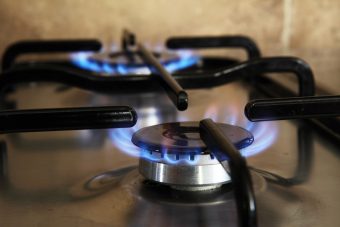
After clinching a deal on mandatory gas storage last month, Latvia, Austria and Slovakia currently have the largest gas stores for next winter compared to annual consumption.
Slovakia, for example, has already filled its stores to 36 per cent of its yearly consumption, data published by the association of gas infrastructure operators shows.
It also has a storage facility in Czechia connected to the Slovak distribution network. With these stores, Slovakia has more than half of the consumption covered and should survive the next winter without major restrictions even if Russia completely stops gas imports to Europe.
Within the EU, only Austria and Latvia have higher storages when not counting Slovak facilities in Czechia, although numbers are not known for Estonia and Lithuania. Austria has reserves equal to 43.3 per cent of the annual consumption, while Latvia leads the EU with more than 78 per cent.
European Union negotiators agreed last month on mandatory gas storage obligations for EU countries, aiming for the bloc’s stores to be at least 85 per cent full by 1 November 2022.
The agreement, which aims for storage to be shared between EU countries “in a spirit of solidarity”, follows a winter of concern about low EU gas storage, high energy prices and disruptions in the supply of Russian gas.
More:
Slovakia’s economy ministry has previously announced that it wants to have enough gas in the storage tanks to last the next winter before the Nord Stream 1 pipeline is shut down for repairs. How long the reserves would last also depends on how cold the winter will be.
There is, however, a catch. Not all gas in Slovak storage tanks necessarily belongs to Slovakia. Any company, including foreign ones, can have gas stored. The government can, however, block this gas for the benefit of vulnerable consumers if needed.
However, the shutdown of Nord Stream 1 is expected in the next few days. Fear is that Russian President Vladimir Putin will use this shutdown to stop the imports completely. EU countries, therefore, prepare for the worst. Germany has already declared the second warning level of its three-levels crisis plan.
Germany has reserves filled only to 14.55 per cent. According to German Economy Minister Robert Habeck, the country faces the threat of industrial shutdowns if limited supplies do not improve by winter.
Source: EURACTIV.com/EURACTIV.sk
